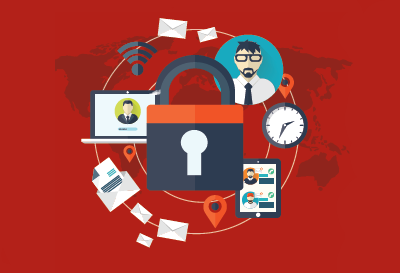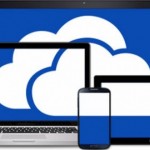
Brought to you by WatchGuard
When news broke recently of Hillary Clinton running her own e-mail server, it showed at once the reason why people turn to shadow IT and the risks involved.
Critics rightly asked if a private server had the security required for handling sensitive e-mails for the former United States Secretary of State.
At the same time, her explanation – that she wanted her personal and work e-mails in one device under her control – resonated with end users who want the ease and speed of using their own systems.
For them, outdated IT infrastructure and slow approval processes are hampering the way they work. The alternative is to bring their own “everything”, from a personal laptop to cloud services such as Dropbox.
This loss of control has been an issue for IT departments worldwide for a few years now. Now, with the spectre of cyber attacks looming after several high-profile break-ins of late, the vulnerabilities caused by shadow IT are hard to ignore any more.
A healthcare organisation risks running afoul of the law if a member of its staff decides to store sensitive data on unsecure cloud services meant for personal use.
Simply forwarding one’s corporate e-mails to personal accounts negates the effectiveness of a company’s well set-up cyber defences. It brings sensitive data to the Wild, Wild West of the public Internet.
How then do IT departments keep up? For many IT leaders, the attitude has changed from an absolute refusal to allow third-party software and devices to one that accommodates and better regulates them.
After all, shadow IT is not going to go away. Kept from using their favourite devices, users end up going underground, hiding their devices and software until a big problem appears. All this while, chief information officers (CIOs) won’t be for the wiser.
But there are a few things CIOs can do. For one, they can identify the pain points for end users in the organisation. For starters, why are these employees turning to their own instant messengers and file sharing services?
Usually, the intention is noble. That is, they just want to get the job done faster and better. By forcing them to go on a slower, less efficient way of doing things without explaining why, IT leaders not only alienate users but become a barrier to their productivity.
Facing these issues, CIOs have to deploy apps that provide similar functionalities but which are hardened, security-wise. They could also give a choice and a measurable cloud budget to departments to pick from a few secure options, so they are not just told to use what’s given to them.
Richer tools to see what’s going on
Whatever the incentive, there will still always be users who prefer to stick to their own way of doing things. The rogue setups here, like unpatched PCs or software, will not go away despite the best intentions of an organisation.
The surest way to counter this is to have more visibility and manageability in one’s systems. IT leaders have to not just suss out potential hackers but also users who inadvertently would open up the organisation to attacks with their shadow IT.
In October 2013, research firm Frost & Sullivan found that application vulnerabilities and malware were the top two threats identified by information security professionals. It called for richer tools to manage across security technologies.
The bottomline was clear – an easier way for IT professionals to monitor and look out for rogue apps in a BYOX (bring your own X) environment.
That improved visibility is what WatchGuard’s Dimension solution provides to organisations today. Cloud-ready, it provides a set of tools to identify and distil key network security threats, issues and threats. Armed with this information, organisations can set meaningful security policies across a network.
The key difference that WatchGuard provides is an aggregated “big picture” view that empowers decision makers to make calls that target an issue, while enabling other users to continue their IT usage.
What would be useful, especially to system administrators, is an ability to see details such as clients using the most bandwidth, possibly for “cyber loafing”.
Also useful is an easy-to-visualise threat map that shows a geographical view of systems. This lets a system administrator see where a threat may be from and target it accurately.
Visibility is key. What system administrators would like too is a way to catch unauthorised app usage and to separately view the flow of network traffic to detect misconfigurations. Of course, having a dashboard to monitor activity is just a start. Perhaps more important is the ability to take immediate action based on that intelligence.
Can an administrator block clients that are seen to be running unauthorised apps, for example? Or easily manage VPN connections and firewall configurations on the fly?
With these capabilities, organisations can more confidently tackle many of the issues involved with shadow IT. They also help shine a light on the practice, mitigating the risks involved.
After all, shadow IT is most dangerous when it is in the shadows. Understanding why users turn to them and monitoring any such rogue setups will enable organisations to better confront a problem facing even the most powerful government in the world.
More information on WatchGuard Dimension can be found at: http://www.watchguard.com/wgrd-products/dimension






